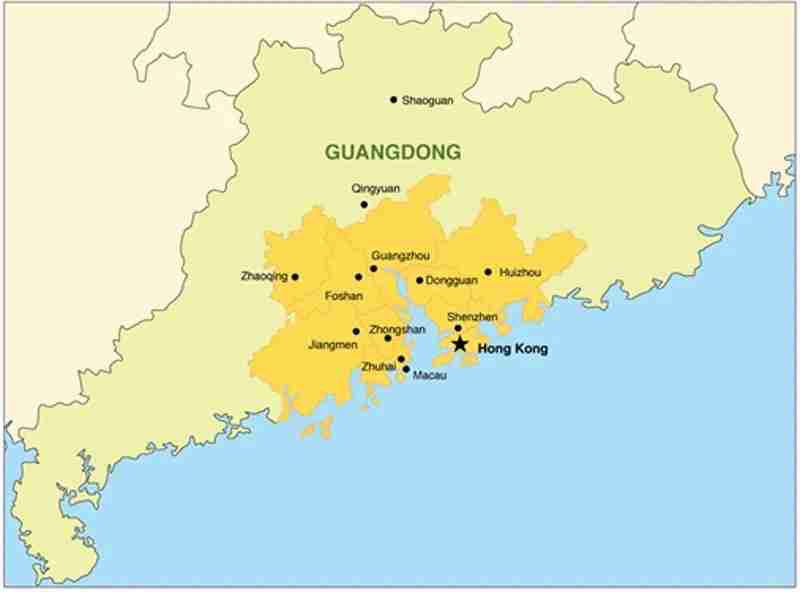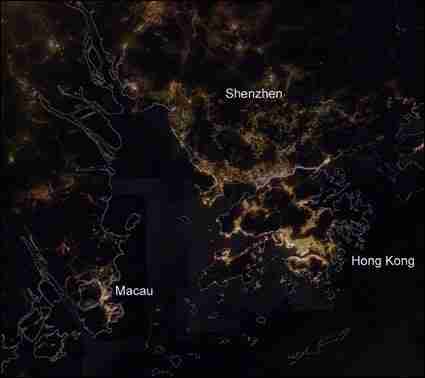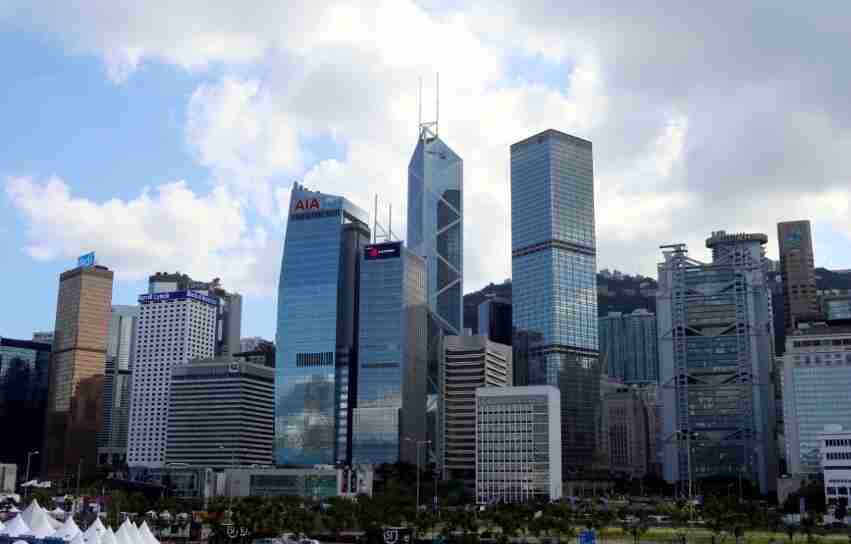The Pearl River Delta (PRD), also known as the Canton Delta or Zhu Jiang Sanjiaozhou in Chinese Pinyin, is one of the most popular names in China.
The delta is considered an extensive low-lying area that was formed by virtue of being the junction for 4 rivers – Pearl (Zhu), Xi, Bei, and Dong Rivers.
Where Is The Pearl River Delta Located?

The Pearl River Delta is located in China’s southern Guangdong Province. The Pearl Delta covers a total area of 2900 square miles or 7500square/km, stretching from Canton in the city of Guangzhou in the North, all the way down to the South in the Macau Special Administration Region.
This delta is a huge maze of canals and streams that are spread out across rice paddies. Thanks to the 12-month growing seasons for the rice paddies, the delta often supports 3 rice crops each year. The Pearl River Delta is also China’s most crowded area, primarily because it is a modern industry that has undergone a rather rapid level of development since the 1980s.
Why Is The Pearl River Delta Important

The Pearl River Delta in the Guangdong province is in China’s megacity. This region is bustling with activities, including a large trading ecosystem and massive manufacturing solutions, and the largest supply of human resources. As a result, this region is considered China’s largest economic hub.
The Pearl River Delta boasts a vast infrastructure that connects the top 9 Chinese cities with at least 60 million residents. It’s also quite developed linguistically, with the special administrative regions of Macau and Hong Kong on opposite sides of the Pearl Delta’s mouth being just as much a part of the PRD – The only difference between them is that they are run under different political and administrative systems.
While it accounts for not more than 1% of China’s territory and the large population at the delta region only make up 5% of China’s population, and also the differences in politics it has with Hong Kong and Macau, the PRD remains a critical region in China. The Pearl River Delta generates at least 10% of China’s GDP, with just a quarter of the region’s exports attracting more than one trillion dollars-worth of the best direct foreign investment.
Before we look at the cities that make up the PRD and the total population of the region, how about a little background information about this region?
For starters, the Pearl River Delta is considered the Southern Pillar for the top 3 main Chinese focus growth areas, with the Yangtze River Delta Region that includes Shanghai (with a population of 130 million and a GDP of about $2 Trillion) at the middle. To the north, there is the Beijing-Tianjin-Bohai corridor that features 10 cities with a total population of about 100 million people and $1.3trillion in GDP. So, together with the Pearl River Delta, this cluster accounts for about 40% of China’s GDP and 21% of the population of China. Note that the PRD has the lowest population of the 3 regions in the cluster, although it accounts for the highest recorded income-per-capita while forming the link between China and pretty much the rest of China and the world. This connectivity is, as mentioned above, made possible by the prime geographical location of the PRD.
The current economic benefits notwithstanding, the Pearl River Delta was quite important during the Silk Road Trade that was established in the 13th century – the delta was a big stop for trading.
The PRD did stay as a rural area until the mid-1980s, when it was designated the Pearl River Delta Special Economic Zone, a strategic move that was intended to attract investors to the region. It’s obvious that this strategy worked. Soon after the renaming of the zone, the Guangdong Province received additional powers, including the power to make their own decisions regarding finance, taxes, foreign trade wages, resource allocation, and investments. The success of the region was further enhanced by the PRD’s close proximity to Hong Kong.
Today, the PRD is the biggest and China’s most transformative economic-based that boasts the best high-tech technologies and industries focused on telecommunications, new energy solutions/ systems, as well as the best in biomedicine. This is a huge shift from the previous labor-intensive, high-energy consumption sectors. These changes have catapulted the growth of the PRD, and it’s now becoming one of the most innovative city clusters based in China. The region also features some of the best-orchestrated transformations that require rapid and grand-scale developments seen in most urban developments. All these have made PRD a competitive, well-balanced region.
Note that the success of the Pearl River Delta has been enhanced by Hong Kong’s position as the world’s leading center for finance and financial services and Macao’s position as the global entertainment and global center. You also have Shenzhen, which is making great technological strides, Guangzhou, which is the global trading hub, and also Foshan and Dongguan that are prime centers for manufacturing.
Pearl River Delta Population
The Pearl River Delta Economic Zone had, as of 2010, a total population of 22 million people, making up less than 1% of China’s population. Reports from 2016, however, show that the Pearl River Delta is inhabited by over 60 million residents, which means that its population has surpassed that of Tokyo, and not just in its population, but the territory too. These changes came about after the region won the World Bank’s recognition as a megacity.
Pearl River Delta Cities

- Dongguan – this city is considered the center for the manufacture of garments, and electronics thanks to its location between Shenzhen and Guangzhou
- Foshan – this is the industrial city located southwest of the region and near Guangzhou.
- Guangzhou – It’s the capital of Guangdong province and is considered the largest economic and cultural center and city.
- Huizhou – this is a fast-growing and pretty city located on the region’s northern edge.
- Jiangmen – this is the port city on PRD’s western part.
- Shenzhen – world’s fastest and largest growing tech city that borders Hong Kong
- Shunde – this city boasts several crisscrossing waterways
- Zhongshan – this city is a trade center located inland of the city of Zhuhai
- Zhuhai – This is also known as the Chinese Riviera, and the city borders Macau and the SEZ (Special Economic Zones – Zhuhai and Shenzhen).
As you can tell, the Pearl River Delta is easily China’s leading economic hub boasting the very best in different fields, including telecommunications, high-tech, biomedical, travel, and energy.